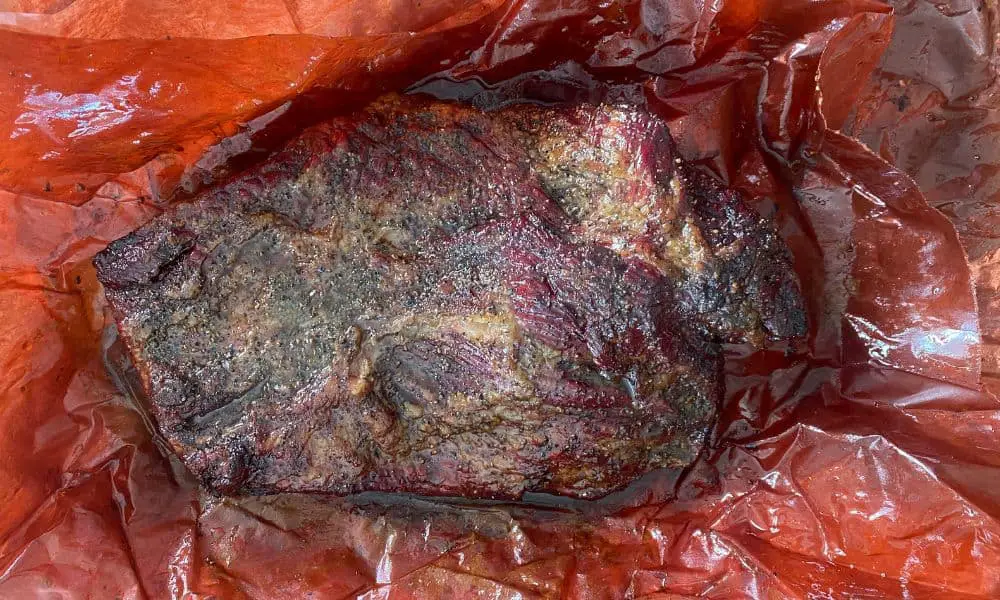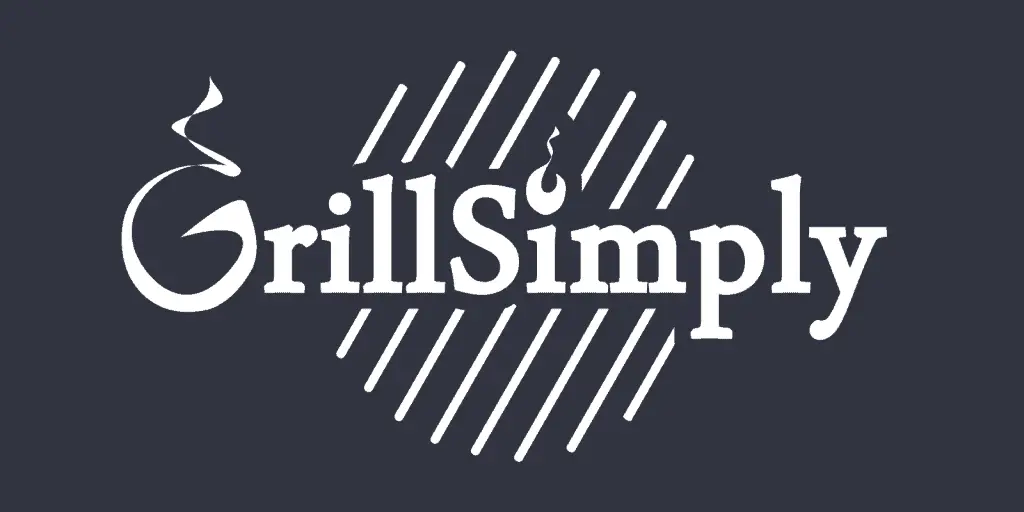Anyone who’s familiar with the brisket stall should also be familiar with the best way to push through it: wrapping your brisket.
But, there’s a bit of a debate on just how long you should keep your brisket wrapped for: until just after the stall or all the way until it’s done!
As we know, smoking meat is both a science AND an art.
Here’s what happens when you unwrap your brisket after the stall vs. what happens if you keep it wrapped until it’s done.
Ahh yes the dreaded stall. The worst nightmare of any barbecue enthusiast entrusted with smoking a brisket for an upcoming meal.
Though, it’s to be expected as it’s a completely normal part of the process.
The stall is simply the phenomenon where the rising temperatures of the meat cause it to “sweat”, creating an evaporative cooling effect on the meat. This leads to a temporary temperature plateau we’ve all grown to accept: the stall.
Of course, to expedite this process or to bypass it completely, you can opt to wrap your brisket in foil or butcher’s paper – effectively preventing any evaporative cooling on the meat as all the moisture is locked in!
But of course, the real question is for how long should you keep it wrapped: just until after the stall or all the way until it’s done?
Benefits Of Keeping Brisket Wrapped Until It’s Ready

It’s certainly considered the norm in the world of smoking brisket to keep it wrapped until it reaches 200-205°F internal and probes like butter. Deliciousness guaranteed.
This traditional approach is normally preferred, as it simply ensures the brisket remains incredibly moist, juicy, and tender – everything a brisket should be.
Here’s why it’s so effective to keep brisket wrapped all through the stall until it’s done!
Keeps It Ridiculously Moist
The moment you wrap your brisket in butcher’s paper or foil, it completely locks in every last morsel of moisture in the meat (generally high quality butcher’s paper is better than foil).
Not only does this prevent the evaporative cooling effect that causes the stall, but it prevents any moisture from being evaporated at all!
Any juices that do seep out of the meat as it cooks pile underneath, adding further flavor and moisture as it reabsorbs into the meat.
By not unwrapping the brisket after the stall you’re able to make the most of the juicy and flavor nature of the brisket.
Reduces Cooking Time
Let’s not hide the fact that briskets can take a looooong time to smoke. One major upside of keeping a brisket wrapped even after the stall is that it continues to cook at a faster rate.
This is because wrapping the brisket eliminates the cooling effects of evaporative cooling – easily shaving off an hour or two (or more) of the smoking session.
Easy Transition Into Resting
There are numerous benefits of resting your brisket, all for the sake of an amazingly juicy and tender result.
Although you can technically rest brisket unwrapped, keeping your brisket wrapped through the resting stage allows maximum reabsorb and redistribution of its juices.
By keeping your brisket wrapped all through the stall, until it’s done, AND while it’s resting, you don’t need to sacrifice even an ounce of moisture.
Downsides Of Keeping Brisket Wrapped Until It’s Ready
Sure, it appears the benefits are extraordinary, but there’s also one glaring downside of keeping your brisket wrapped all through the stall until it’s done: the bark.
From the moment you wrap your brisket, the bark will stop developing entirely – AND if it’s not properly set then the excess moisture may slough it away.
So if you plan to keep your brisket wrapped all through the stall and until it’s ready be sure to only wrap your brisket once you are 100% satisfied with the bark formation!
Benefits Of Unwrapping Brisket After The Stall

Although unwrapping your brisket AFTER the stall is certainly a less common practice in the world of barbecue, it does have its merits.
The benefits of unwrapping your brisket after it’s finished the stall (or around 180°F) are primarily related to the overall bark, smokiness, and texture of the brisket.
Here’s what I mean.
Bark Formation
If you unwrap your brisket AFTER the stall, you’re effectively giving it a further opportunity to develop its bark.
Undoubtedly it’s much better to rely on the bark formation BEFORE you wrap it at all, you can continue its development by reintroducing the uncovered brisket to the smoke and hot air.
Unwrapping your brisking after the stall will give you the best chance to develop the most gnarly, blackened, and incredible bark possible.
Smoke Penetration
Although the majority of the smoke flavor develops over the first half of the cook, if you’re in the market for a truly smoky brisket, then unwrapping your brisket after the stall will do just that.
It gives the brisket additional time to take on maximum smokiness, particularly as the surface of the brisket tends to be extra moist when it comes out of the wrap – which helps with smoke absorption.
Downsides Of Unwrapping Brisket After The Stall
Of course, the major downside of unwrapping your brisket after the stall is sacrificing all that excess moisture that’s built up in and around the brisket.
Usually this moisture would be at least maintained and a good portion will reabsorb back into the meat.
However, if you unwrap your brisket after the stall and put it back on the smoker, chances are you’ll lose out on a bunch of juiciness.
Your brisket will also continue to cook at a much slower rate if you unwrap it after the stall – which is really only beneficial if your brisket is looking like it’s going to be done way too early.
To Keep Wrapped Or Upwrap?
So here ends the great debate.
If you’re going for a more rugged, barky texture then you would see benefit from unwrapping it after the stall, but you’re going to be sacrificing a lot of tenderness and juiciness.
But, if you’re after that traditional, gloriously tender and juicy smoked brisket, then it’s best to let the wrap work its magic all through the stall up until it’s ready to serve!


